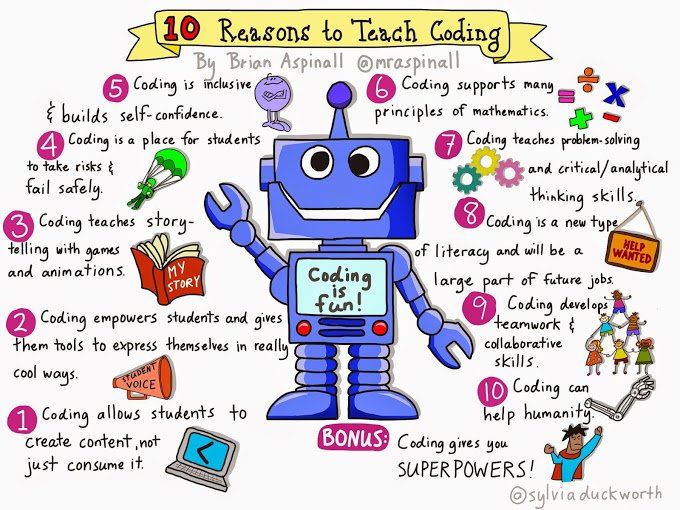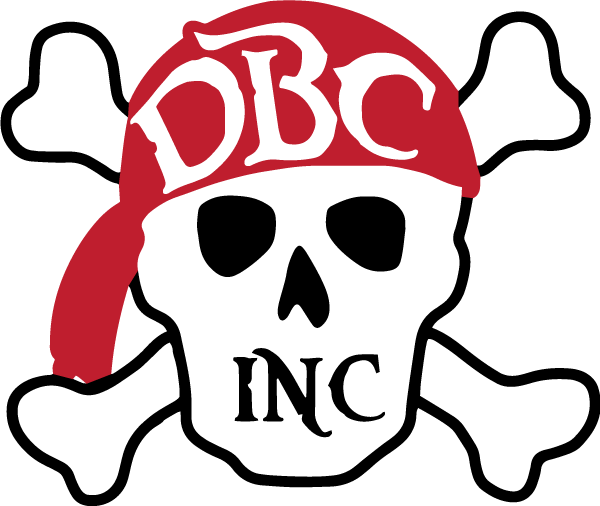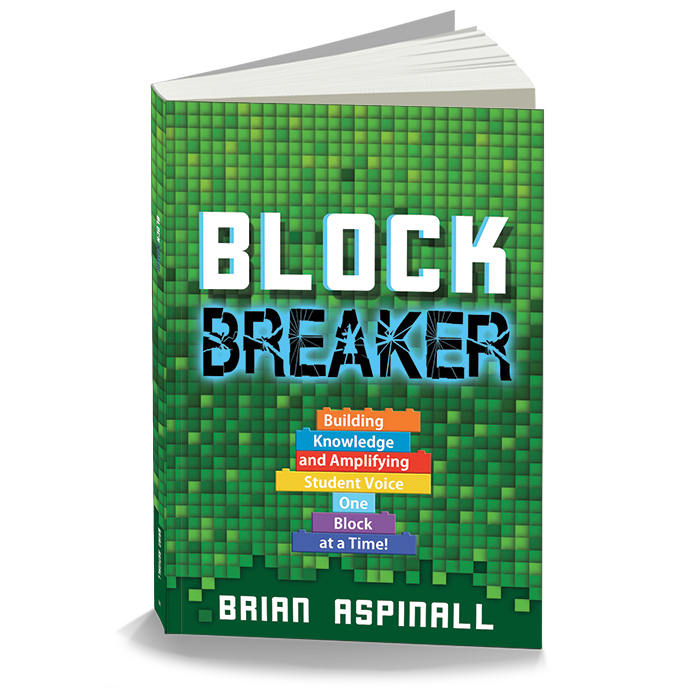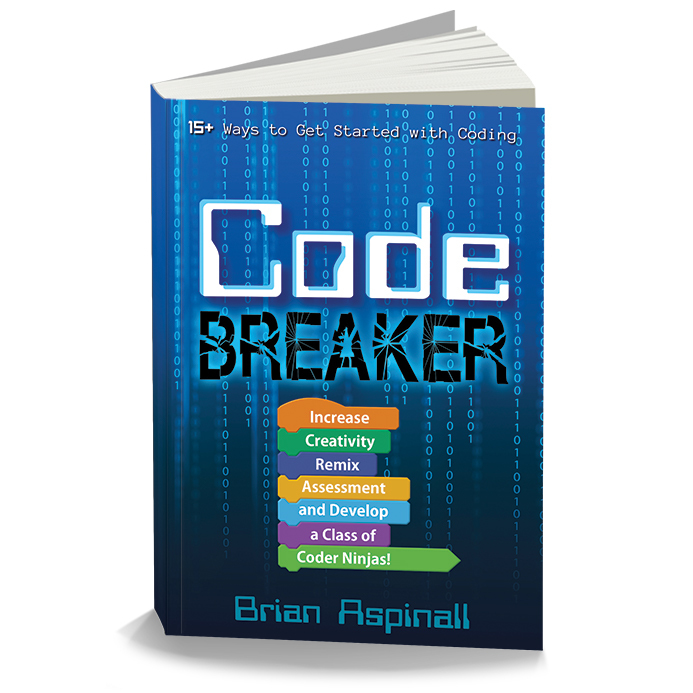Brian Aspinall, the author of Code Breaker and Block Breaker, has a way of making "buzzwords" such as "coding" and "computational thinking" seem not so intimidating and easily applicable! He is incredible at showing us how to apply such concepts in our classrooms, today. We are honored to have Brian as our guest blogger to share more about computational thinking and why spacial reasoning is essential in our learning setting.
Take it away, Brian.
Guest Post by Brian Aspinall
Hello, world! I am really excited about all the amazing things happening in classrooms all over the globe with regards to computational thinking! I get asked often to define the term so I thought this would be a great space to explore different themes!


Computational Thinking can take on a variety of forms. As a generalization – it means to solve problems using technology – either with existing technology, or by creating technology to do things we have not done before by coding applications to help solve problems.
Computational thinking comprises of the follow parts:
- Decomposition
- Analyzing and Organizing Data
- Formulating Problems and Possible Solutions
- Automating Solutions
- Algorithmic Thinking and Logical Reasoning
What is Design Thinking?
Similarly, Design Thinking requires a sense of empathy. We must know our audience’s needs, the problem to be solved and what options we have to help create solutions. The human component is so crucial and really allows for some deep conversations with students about real world issues.
If you are familiar with my work, it will come as no surprise to you that I discuss assessment and evaluation all the time. For the last few decades, we have shifted how we instruct lessons but haven’t done much shifting in terms of how we assess student work. How do you define failure in your classroom?
In my classroom, failure never means 4/10 (partially because I don’t typically score kids) but rather “whoa, that didn’t work, maybe we should try this!” When we view student work as fixable, rather than binary (right or wrong) we imply growth.


In both Code Breaker and Block Breaker, I explore Computational Thinking in great detail while accompanying ideas with lesson activities, interviews, examples from my classroom and example from colleagues’ classrooms. The biggest shift that needs to occur in our schools is just simply letting go. When we recognize that every student in our class knows something we do not, we remove hierarchies. Removing hierarchies builds confidence and empathy while improving collaboration and critical thinking skills.
Computational Thinking also helps strengthen students’ spatial reasoning skills, which is applicable to so much more than just math alone. “Spatial thinking is integral to everyday life. People, natural objects, human-made objects, and human-made structures exist somewhere in space, and the interactions of people and things must be understood in terms of locations, distances, directions, shapes, and pattern. Spatial thinking is powerful. It solves problems by managing, transforming, and analyzing data, especially complex and large data sets, and by communicating the results of those processes to one’s self and to others” (National Research Council, 2006, p. 5).
Why Is Spatial Reasoning Important?
“Research on spatial reasoning substantiates the critical importance of spatial reasoning abilities in geometry, measurement and problem solving both early in students’ mathematics experiences as well as later in high school and beyond, especially in STEM areas” (Shumway, 2013, p. 50).
Boy are those a lot of buzzwords. Fear not! Don’t be intimidated by acronyms like STEM, STEAM and SAMR! Grab a copy of Code Breaker and Block Breaker (and join the May book study!) and relax and let go as you watch students become the innovators and curiosity seekers they were born to be! Welcome to the BREAKER club! Bring your appetite for destruction!


Thank you, Brian!
Wow! Thank you, Brian! So informative and very practical!
If you haven't already, please check out Brian's incredible books, Block Breaker and Code Breaker, by clicking the images below. After clicking the link, scroll down to the large cover image and read the first few chapters of each for FREE! Yes, totally FREE! Get a taste of what Brian has to offer; you're sure to be inspired!
We would love to hear your thoughts. Please share them on Twitter @dbc_inc and by following Brian on Twitter @mraspinall. You might also want to explore the hashtags #CodeBreaker and #BlockBreaker and his website mraspinall.com.
Thanks again. We are looking forward to hearing from you!
Block Breaker
How do you engage learners in the Digital Age?
More info →Code Breaker
Future-ready students need to be creative. They need to know how to communicate their ideas and how to collaborate as problem solvers. To master these and other twenty-first-century requirements, they will need to be critical thinkers.
More info →






